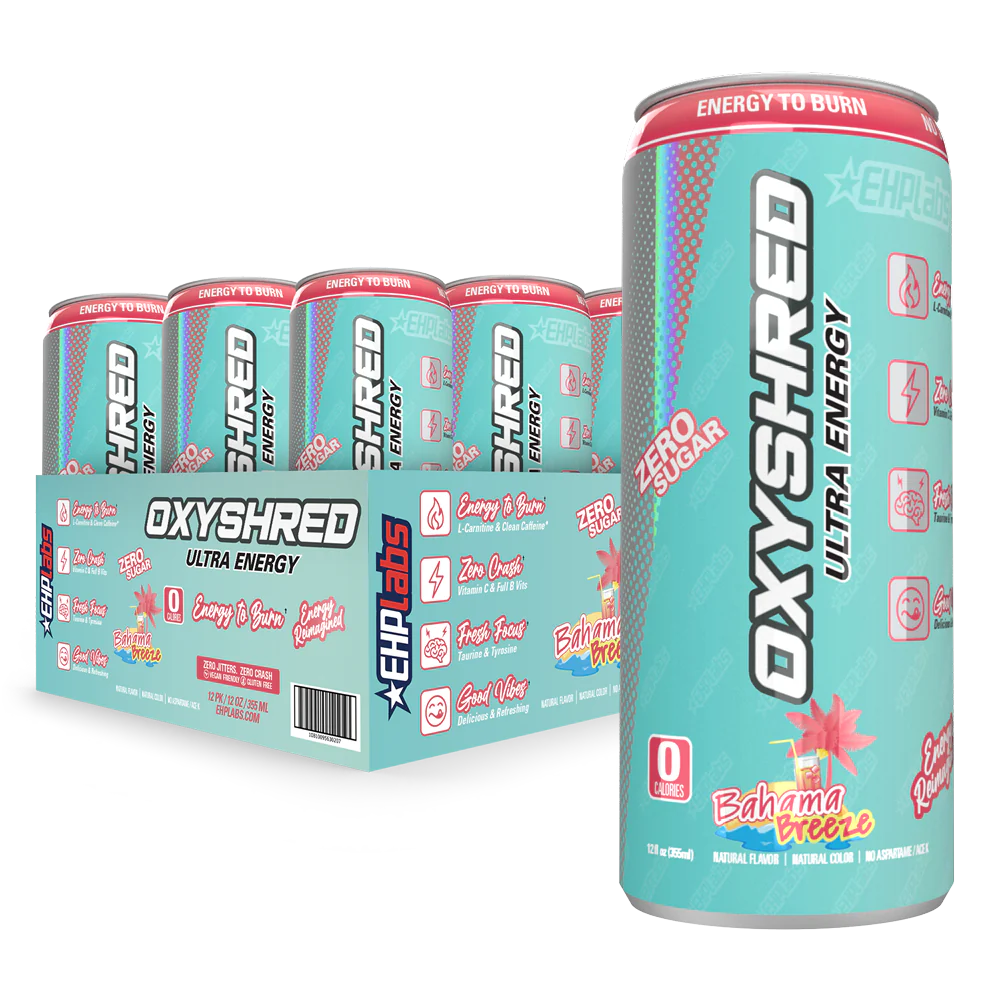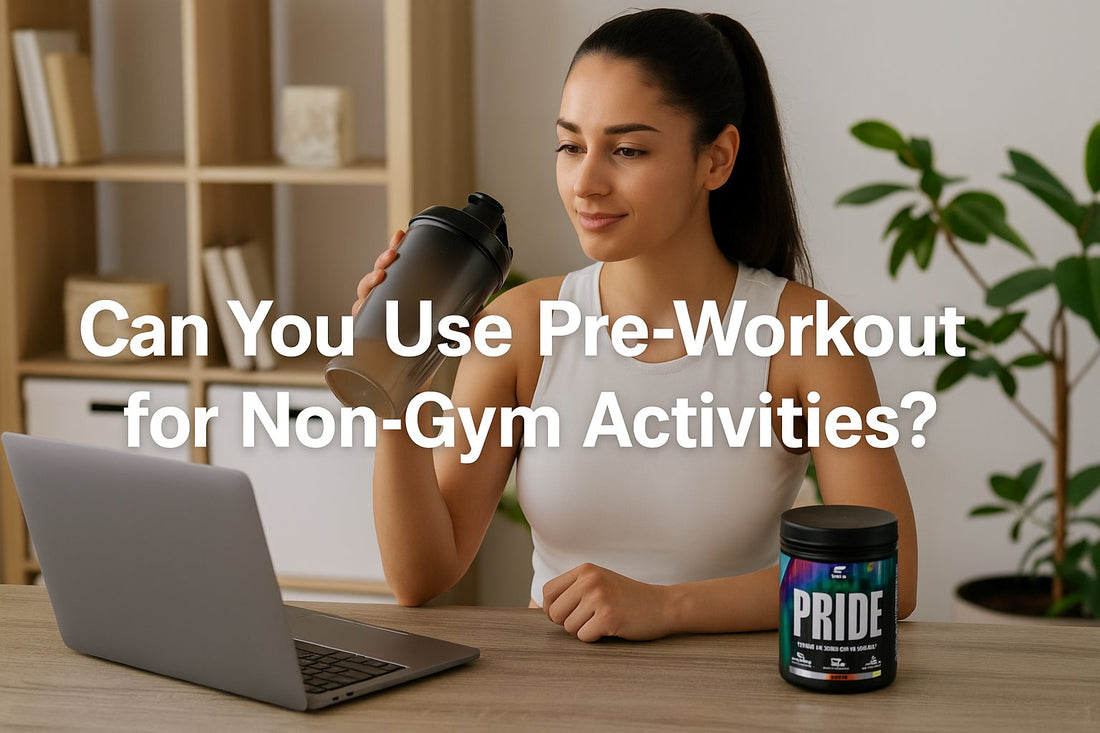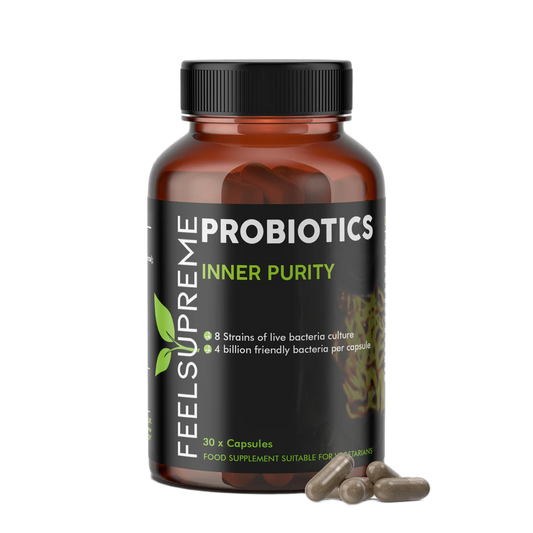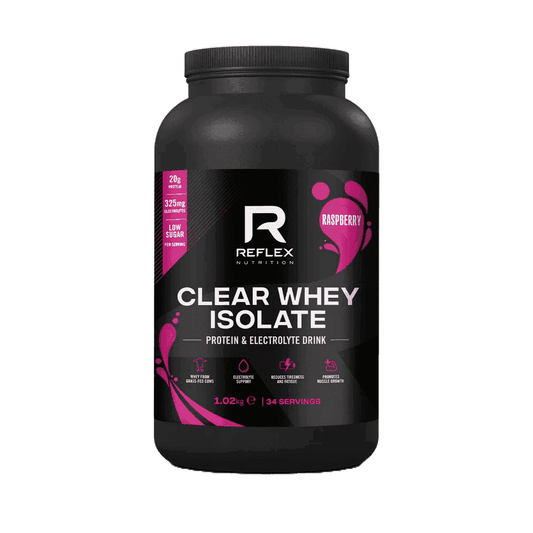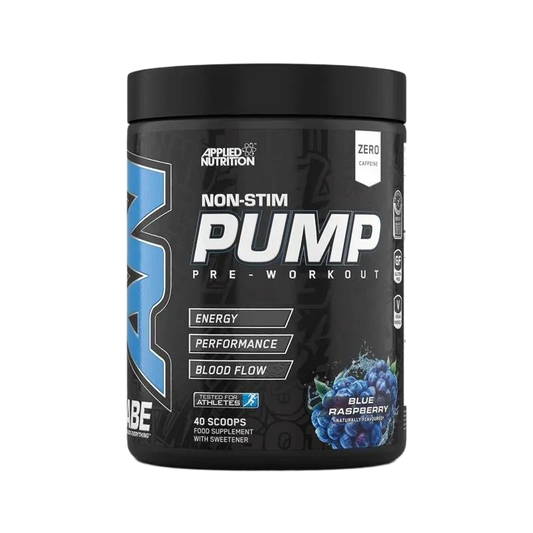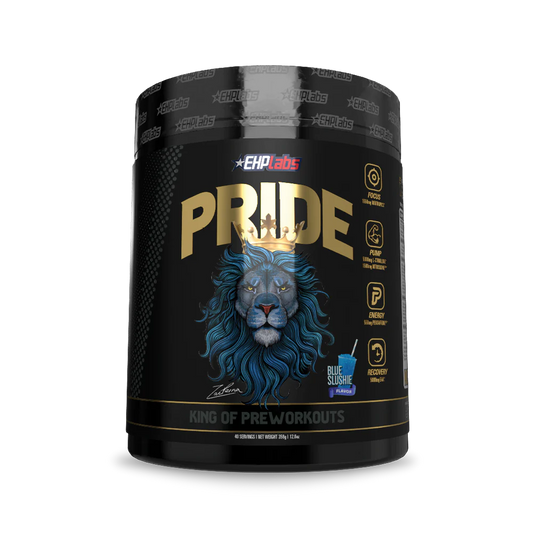Introduction: Is Pre-Workout Just for the Gym?
Pre-workout is one of the most popular supplements in the fitness world. Designed to boost energy, focus, and performance before a training session, it’s a staple in many gym bags.
But here’s the twist — what if you’re not going to the gym?
Can you still take pre-workout for studying, work, sports matches, or just to get through a long day?
Let’s break down the science, benefits, risks, and smart use of pre-workout for non-gym activities — and figure out when it’s helpful, when it’s overkill, and when you’re better off reaching for something else.
1) Can I Use Pre‑Workout as an Energy Drink?
Technically, yes — but it’s not the same thing.
Pre-workouts and energy drinks both contain stimulants like caffeine, but their formulas are designed for different goals:
-
Pre-workout: Focused on short-term performance, with ingredients like beta-alanine (for muscle endurance), citrulline (for pump), and caffeine (for alertness).
-
Energy drinks: Focused on general energy and mental alertness, with more sugars, carbonation, and often less potent stimulants.
If you’re thinking of replacing your morning Monster with a scoop of EHP Labs PRIDE Pre-Workout, be aware:
✅ You’ll likely get stronger, longer-lasting focus
⚠️ But you may also feel tingles (from beta-alanine), warm flushes, or jitters if you’re not active
For non-gym use, a lower-stim pre-workout or half dose can be a smarter alternative.
2) What Are the Pros and Cons of Taking Pre‑Workout?
Let’s break it down:
Pros:
-
Fast-acting energy boost
-
Increased mental focus (thanks to caffeine and nootropics)
-
Can help with motivation on tough days
Cons:
-
Higher stimulant load than energy drinks or coffee
-
Potential for jitteriness, anxiety, or sleep issues
-
Some ingredients (like beta-alanine) feel odd when you’re sitting still
-
Can be habit-forming if overused
💥 Product tip: For those who want focus without the extra stim, a half-dose of EHP Labs PRIDE or Applied Nutrition ABE can provide clean energy without overload.
3) Can Pre‑Workout Be Used for Endurance Sports?
Yes — but it depends on the sport and the formula.
✅ Endurance athletes (runners, cyclists, football players) can benefit from:
-
Caffeine (for mental and physical stamina)
-
Beta-alanine (for lactic acid buffering)
-
Electrolytes (for hydration)
However, some pre-workouts are designed purely for short, intense bursts (like weightlifting), and may not offer endurance-focused benefits.
💥 Reflex Clear Whey Isolate can also play a role here — while not a pre-workout, it’s a great light protein option for endurance athletes needing recovery without heavy shakes.
4) Is Pre‑Workout Good for Daily Use?
This is where things get tricky.
Taking pre-workout occasionally for non-gym activities is generally safe for healthy adults. But using it daily — especially if doubling it as your workday energy booster — raises some concerns:
-
Caffeine tolerance builds up fast
-
You may experience sleep disruptions, jitters, or crashes
-
Beta-alanine, citrulline, and other gym-focused ingredients don’t provide daily-life benefits
💡 Guideline: Save pre-workout for workouts and critical performance needs — not as your go-to morning drink.
5) Is It Okay to Drink Pre‑Workout Instead of Coffee?
Coffee and pre-workout both deliver caffeine, but that’s where the similarities end.
Coffee offers:
-
A gentler stimulant effect
-
Antioxidants
-
No additional active ingredients
Pre-workout offers:
-
Higher caffeine doses (often 200–350 mg per serving)
-
Added vasodilators (like citrulline)
-
Beta-alanine, which can cause that “pins and needles” feeling
-
Nootropics (in some formulas) for sharper mental focus
If you want mental clarity and energy for work or study, pre-workout can help — but it’s overkill for casual sipping.
💥 Pro tip: Try a half scoop of Applied Nutrition ABE Pre-Workout as a coffee replacement, especially on days when you need serious focus.
Part 1 Recap
-
Yes, you can use pre-workout for non-gym activities — but use it wisely
-
Understand the differences between pre-workouts, energy drinks, and coffee
-
Match the formula (and dose) to your needs, not just your routine
-
Don’t rely on it daily — save it for when you truly need a boost
In part 2 we’ll cover:
-
Is it OK to take pre-workout before a sports match?
-
Does pre-workout help with mental focus?
-
What are the side effects of using pre-workout for non-gym activities?
Can You Use Pre-Workout for Non-Gym Activities (Like Work or Sports)? (Part 2)
6) Is It OK to Take Pre-Workout Before a Sports Match?
For many athletes, yes — but choose wisely.
Pre-workout can help before:
-
Football, rugby, or hockey matches (for explosive speed and focus)
-
Track events (for sprinting, jumping, power)
-
Martial arts or combat sports (for reaction time and endurance)
But remember:
⚠️ High-stim pre-workouts may increase heart rate, jitters, or anxiety under pressure.
💥 For sports, a moderate-stim formula like Applied Nutrition ABE Pre-Workout is often the safest bet.
Pro tip: Test it in training first — never try a new pre-workout for the first time before an important game.
7) Can You Drink Pre-Workout for a Long Workday?
You can — but it’s not always ideal.
Pre-workouts with nootropics (focus enhancers) can help you power through:
-
Deadlines and presentations
-
Exam prep or study marathons
-
Long shifts on your feet
✅ For occasional use, a half scoop can offer laser focus.
⚠️ For daily work-life energy, though, it’s better to stick with coffee, tea, or low-stim energy drinks.
💡 Remember, ingredients like beta-alanine and citrulline are designed for physical performance, not spreadsheets.
8) Does Pre-Workout Help With Mental Focus?
Yes — largely thanks to:
-
Caffeine (alertness, reaction time)
-
Tyrosine, theanine, taurine (in some formulas; focus + calmness)
-
Nootropic blends (in premium products like EHP Labs PRIDE)
But keep in mind:
-
Focus comes with physical side effects (tingles, flushed skin)
-
Overstimulation can lead to mental fatigue or crashes later
For pure cognitive work, a nootropic or adaptogen supplement might be more effective.
💡 Don’t forget gut health: Adding a probiotic like Feel Supreme Probiotics can support digestion and nutrient absorption, which matters when you’re loading your body with stimulants or using pre-workout regularly. A happy gut = better performance.
9) Pre-Workout Without Going to the Gym — Worth It?
Here’s the honest answer:
✅ If you need a big push — a scoop can help.
⚠️ If you’re just tired? You’re better off with food, hydration, or sleep.
Reserve pre-workout for when you want enhanced physical or mental performance, not as a casual pick-me-up.
10) Side Effects of Using Pre-Workout for Non-Gym Activities
Common side effects include:
-
Jitters, anxiety, or elevated heart rate
-
Tingling or itching (beta-alanine)
-
Sweating or flushed skin
-
Difficulty sleeping (especially if taken late in the day)
-
Dependency (relying on it for daily function)
💥 If you’re sensitive, try half doses or switch to non-stim options.
FAQ: Pre-Workout Beyond the Gym
1. Can you take pre-workout for work?
Yes, occasionally — especially for intense focus tasks.
2. Is it okay before a sports match?
Yes, but trial it in practice first and avoid super high-stim formulas.
3. Does pre-workout help with mental focus?
Yes, mainly through caffeine and nootropics.
4. Can you take it for running or cycling?
Yes — especially endurance-focused blends.
5. What’s better for daily energy?
Coffee, tea, or adaptogens — save pre-workout for when you really need a boost.
Conclusion: Use It Smarter, Not Just More
Pre-workout is a powerful tool — not just for lifting, but also for sports, work, and focus.
✅ Understand the ingredients.
✅ Use appropriate doses.
✅ Avoid making it a daily habit.
At Uncle Gym, we recommend smart supplementation — because sometimes, less really is more.
